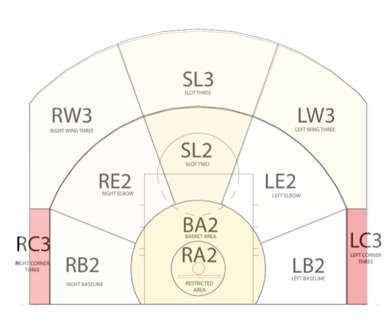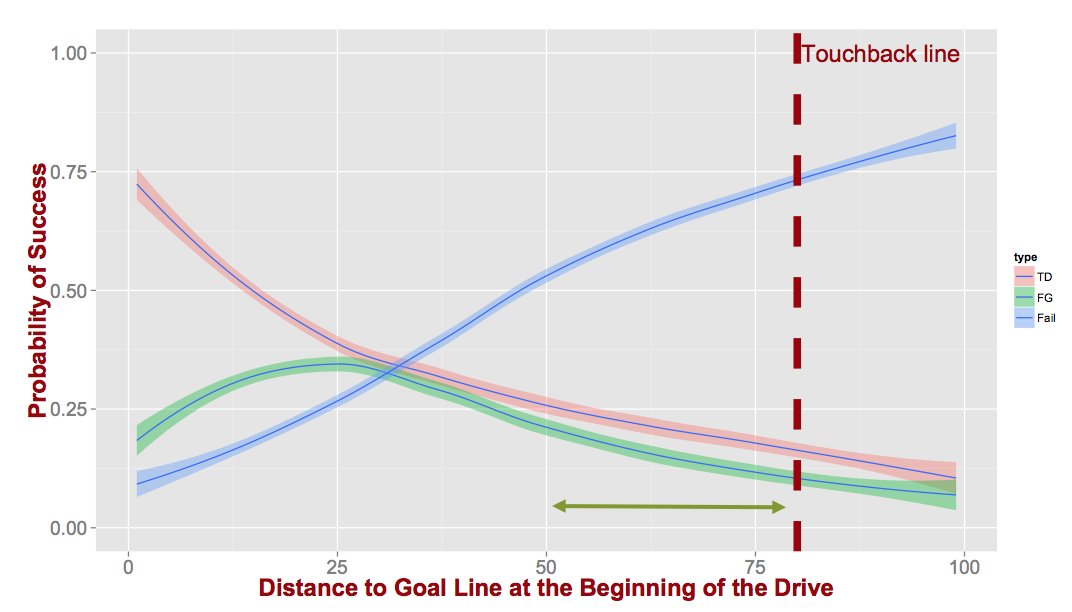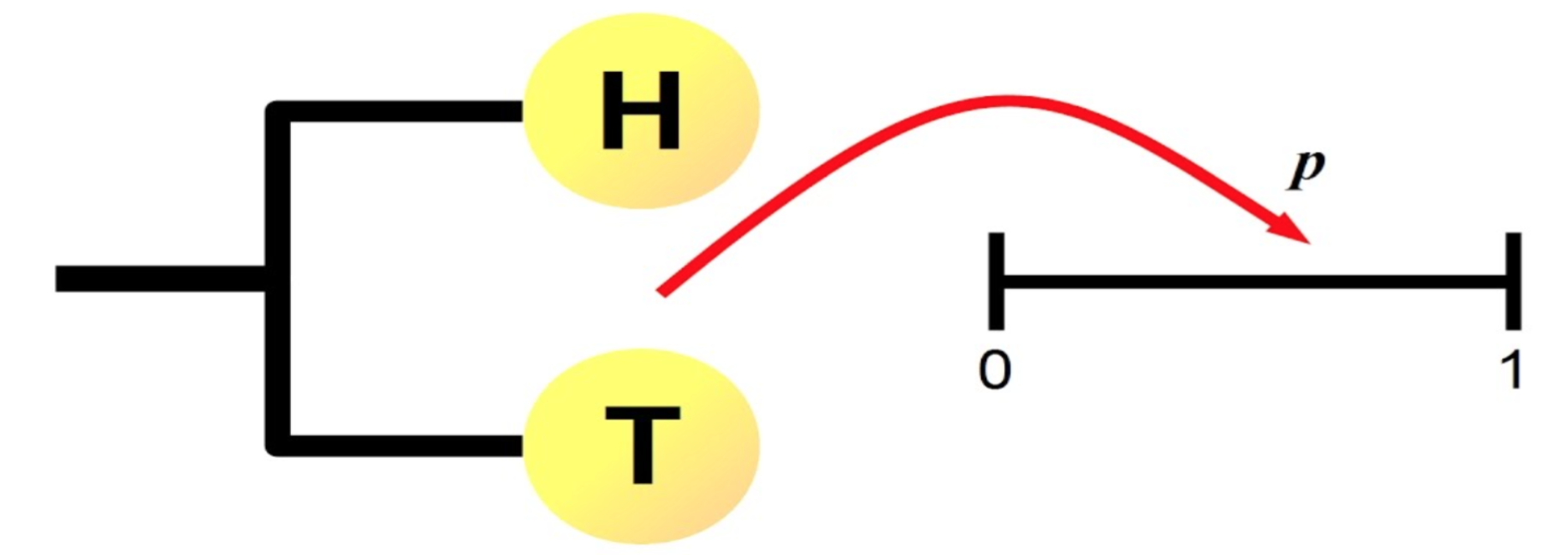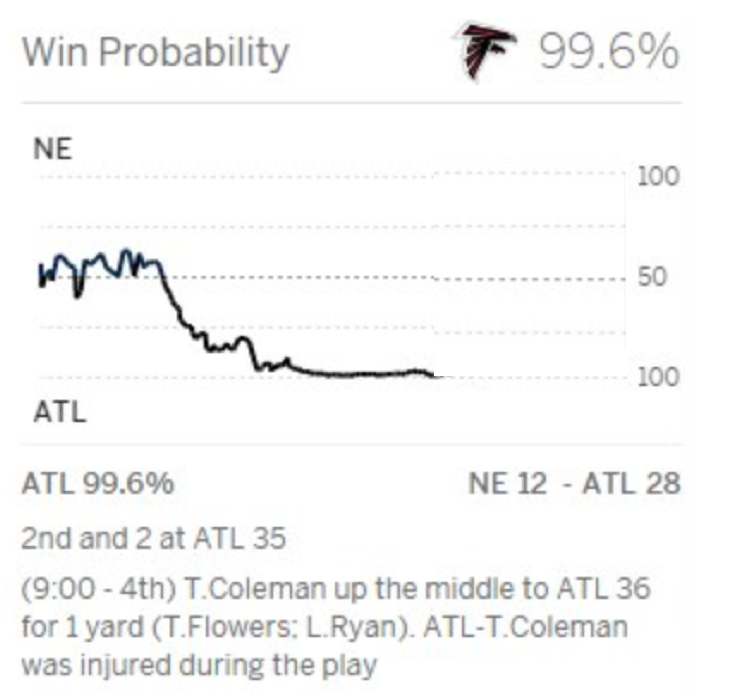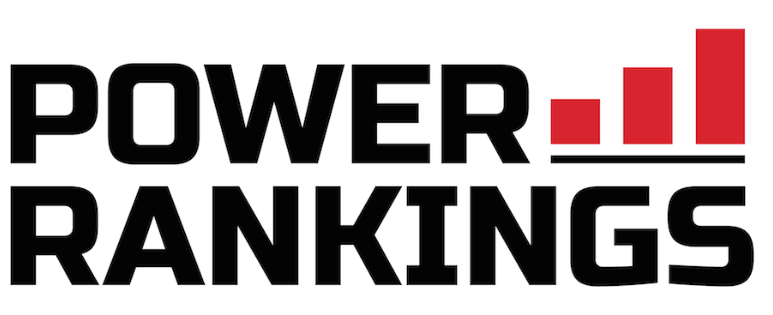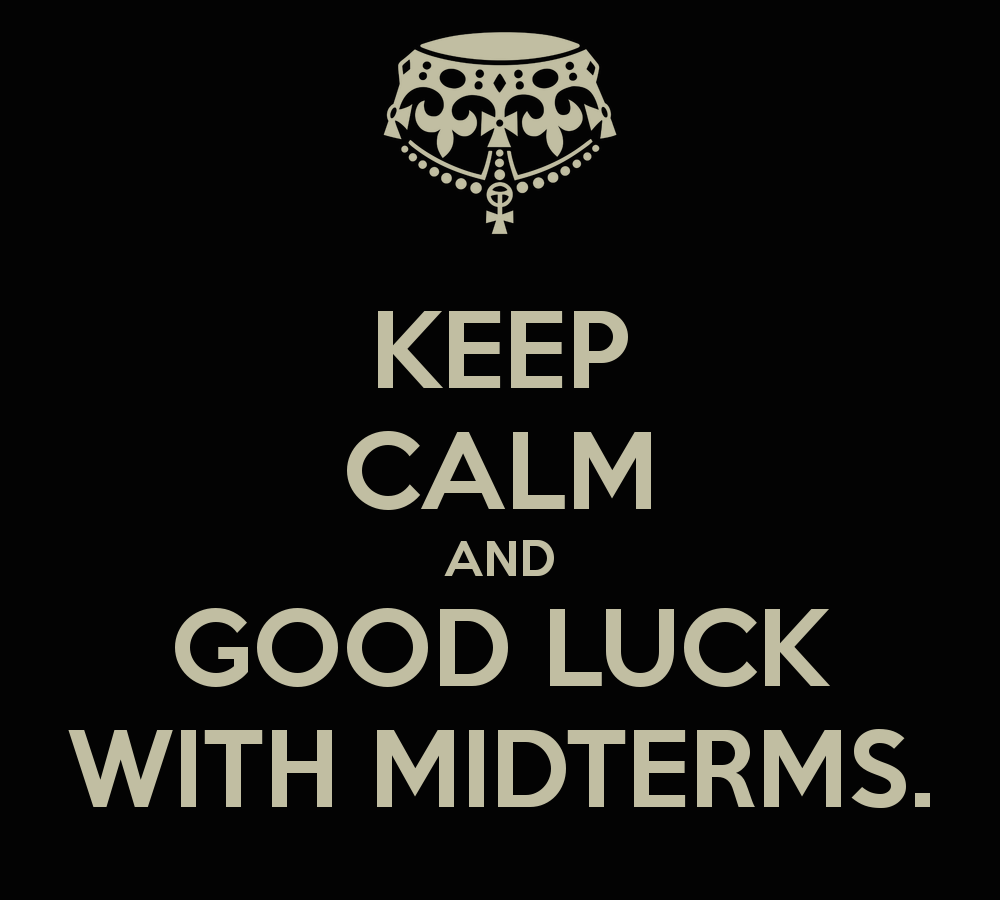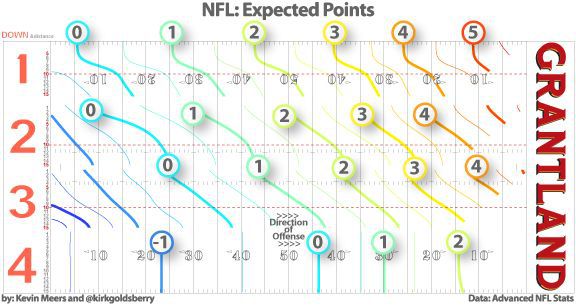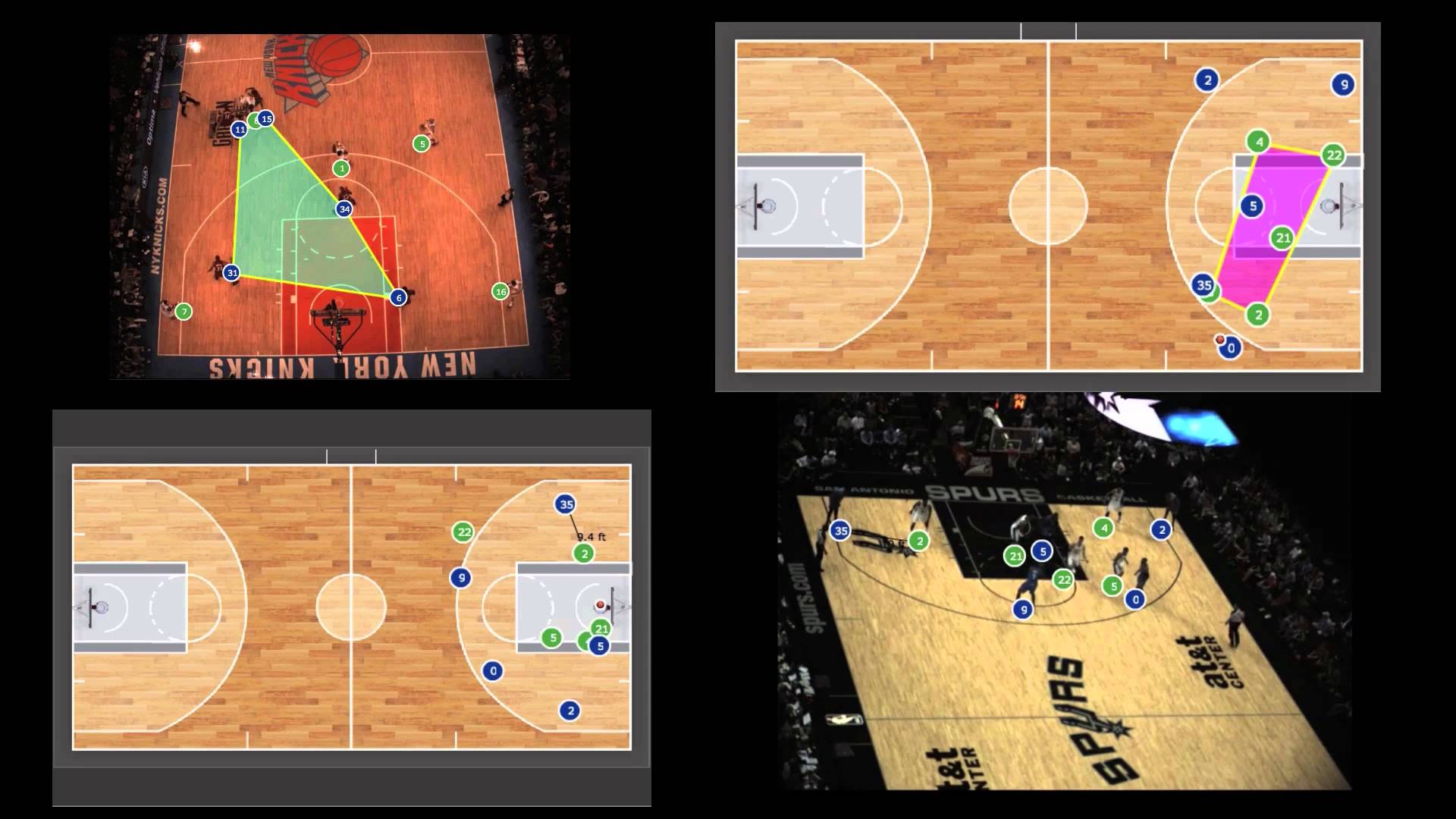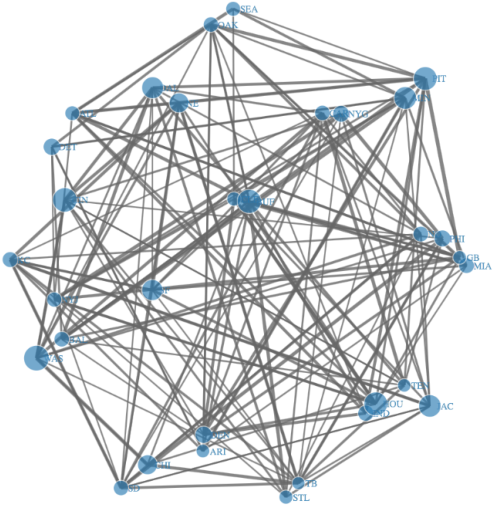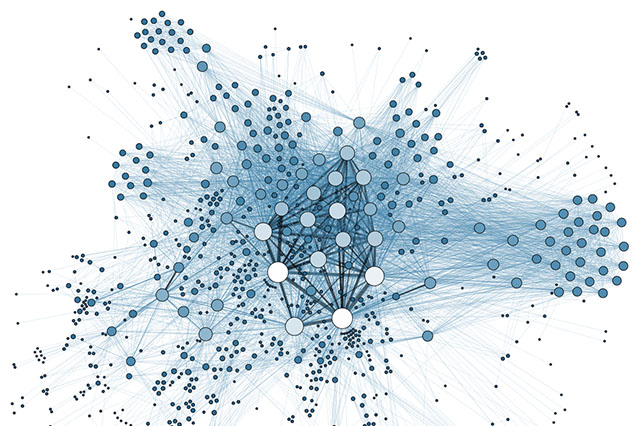General Information
Data and analytics have been part of the sports industry from as early as the 1870s, when the first boxscore in baseball was recorded. However, it is only recently that advanced data mining and machine learning techniques facilitated by our ability to collect more fine-grained data, have been utilized for facilitating the operations of sports franchises. Draft selection, game-day decision making and player evaluation are just a few of the applications where sports analytics play a crucial role today. Apart from the sports clubs, other stakeholders in the industry (e.g., the leagues' offices, media, etc.) invest in analytics. The leagues increasingly rely on data to decide on potential rule changes. In this course, we will introduce data science concepts for sports analytics. Students will learn concepts related to data collection, data analysis and modeling as well as data visualization.
For whom? Students need to have some basic statistical background and programing skill. They should also have an interest in sports, since all the analytical examples will be taken from the sports field.
